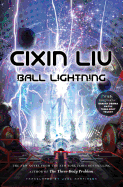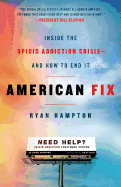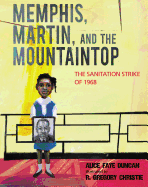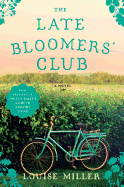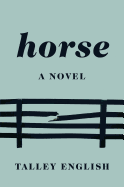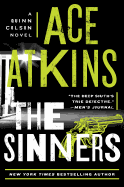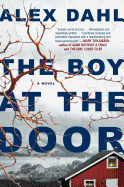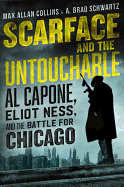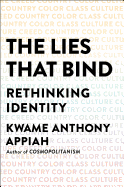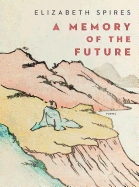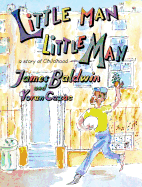Tuesday, August 28, 2018
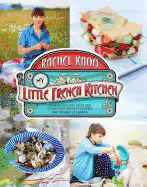 I can go to France for an evening or two with Julia Child's masterpiece collection, Mastering the Art of French Cooking (I have an antique two-volume set from my grandmother, and the spine cracks open to her favorite recipes). Bourdain's Les Halles Cookbook, like his restaurant of the same name, highlights French-style bistro cooking (think steak frites and escargot instead of Child's boeuf bourguignon or chocolate souffles). And Rachel Khoo's My Little French Kitchen collects newer food trends from around the "mountains, market squares and shores of France."
I can go to France for an evening or two with Julia Child's masterpiece collection, Mastering the Art of French Cooking (I have an antique two-volume set from my grandmother, and the spine cracks open to her favorite recipes). Bourdain's Les Halles Cookbook, like his restaurant of the same name, highlights French-style bistro cooking (think steak frites and escargot instead of Child's boeuf bourguignon or chocolate souffles). And Rachel Khoo's My Little French Kitchen collects newer food trends from around the "mountains, market squares and shores of France."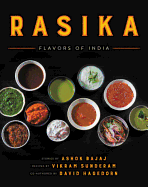 Indian Cooking Unfolded breaks down traditional Indian plates in a cleverly designed book with fold-out recipe spreads for key dishes. Author Raghavan Iyer simplifies complex spice blends and techniques into recipes that can be easily adapted and combined to make any number of dishes and meals; the same can be said for Rasika: Flavors of India, from the chefs behind the Washington, D.C., restaurant of the same name.
Indian Cooking Unfolded breaks down traditional Indian plates in a cleverly designed book with fold-out recipe spreads for key dishes. Author Raghavan Iyer simplifies complex spice blends and techniques into recipes that can be easily adapted and combined to make any number of dishes and meals; the same can be said for Rasika: Flavors of India, from the chefs behind the Washington, D.C., restaurant of the same name.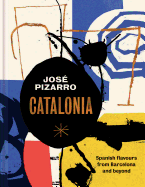 When the weather is cold and grey, and I long for a tropical vacation I can't take, I look at dishes in Caribbean Potluck from Suzanne and Michelle Rousseau. When I'm craving an immersive experience, as much centered on food as on the experience and history of a place, I'll page through Jose Pizarro's Catalonia: Spanish Recipes from Barcelona and Beyond, or Marcus Samuelsson's The Red Rooster Cookbook, which embeds stories and essays about Harlem with recipes inspired by Mexico, Ethiopia, the Caribbean and other cultures found in that New York neighborhood. --Kerry McHugh, blogger at Entomology of a Bookworm
When the weather is cold and grey, and I long for a tropical vacation I can't take, I look at dishes in Caribbean Potluck from Suzanne and Michelle Rousseau. When I'm craving an immersive experience, as much centered on food as on the experience and history of a place, I'll page through Jose Pizarro's Catalonia: Spanish Recipes from Barcelona and Beyond, or Marcus Samuelsson's The Red Rooster Cookbook, which embeds stories and essays about Harlem with recipes inspired by Mexico, Ethiopia, the Caribbean and other cultures found in that New York neighborhood. --Kerry McHugh, blogger at Entomology of a BookwormThe Late Bloomers' Club
by Louise Miller
Discover: A small-town Vermont restaurateur faces an unexpected inheritance and the return of her freewheeling filmmaker sister.
Horse
by Talley English
Discover: In an accomplished debut novel, a family coming unraveled leaves its teen daughter to find her way with the help of a stalwart thoroughbred.
Mystery & Thriller
The Sinners
by Ace Atkins
Discover: Days before his wedding, Tibbehah County sheriff Quinn Colson investigates a case with ties to deadly local drug dealers and the Gulf Coast syndicate.
The Boy at the Door
by Alex Dahl
Discover: In this Nordic noir, a pampered woman finds her manicured life marred when she's asked to take temporary custody of an eight-year-old boy whose parents seem to have disappeared.
Science Fiction & Fantasy
Ball Lightning
by Cixin Liu, transl. by Joel Martinsen
Discover: Hugo Award-winning science fiction writer Cixin Liu examines what happens when unrestrained scientific inquiry and ambition combine to create the world's deadliest weapon.
Biography & Memoir
Scarface and the Untouchable: Al Capone, Eliot Ness, and the Battle for Chicago
by Max Allan Collins and A. Brad Schwartz
Discover: Scarface and the Untouchable gives a thrilling account of the battle between Al Capone and Eliot Ness.
Social Science
American Fix: Inside the Opioid Addiction Crisis--and How to End It
by Ryan Hampton
Discover: A former Obama White House staffer shares his story of addiction and presents practical ways to combat the American opioid epidemic.
The Lies That Bind: Rethinking Identity
by Kwame Anthony Appiah
Discover: A philosopher debunks stale and destructive popular ideas of social identity, and offers new ways to think about ourselves and each other.
Poetry
If You Have to Go
by Katie Ford
Discover: This collection of sonnets and other poems addresses loss with an introspective but tenacious voice.
A Memory of the Future
by Elizabeth Spires
Discover: A meditative and talented poet reflects on many aspects of life and memory.
Children's & Young Adult
Memphis, Martin, and the Mountaintop: The Sanitation Strike of 1968
by Alice Faye Duncan, illus. by R. Gregory Christie
Discover: This fictionalized account of Memphis's sanitation strike of 1968, relayed by a child witness, makes Martin Luther King Jr.'s death a tragic part of the story but not its last word.
Little Man, Little Man: A Story of Childhood
by James Baldwin, illus. by Yoran Cazac
Discover: James Baldwin's only children's book--written to fulfill a promise to a young nephew--re-emerges in a new edition enhanced with illuminating familial and academic context.
| Advertisement Meet belle bear! |


